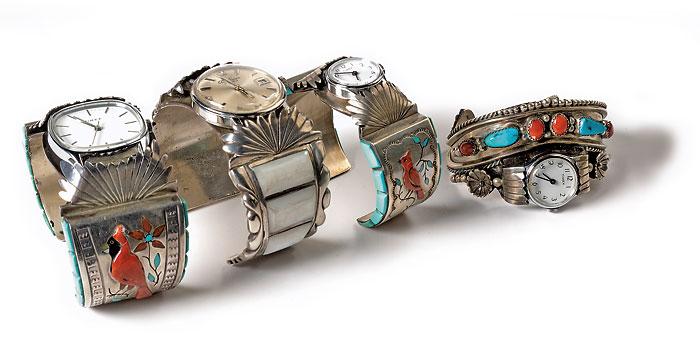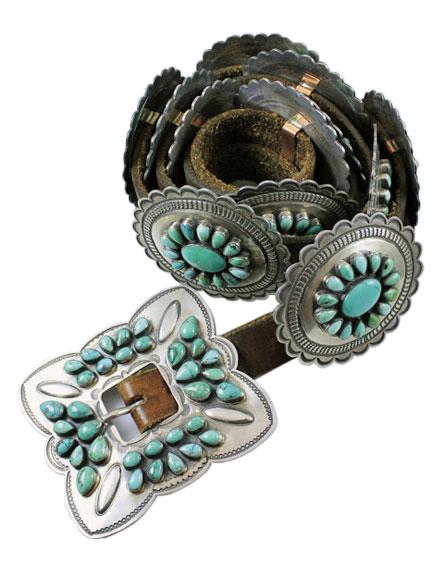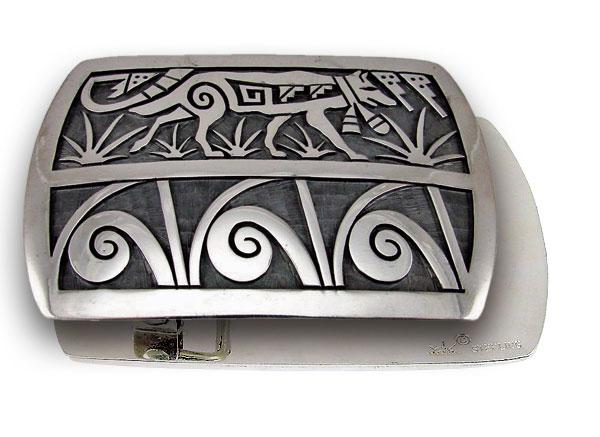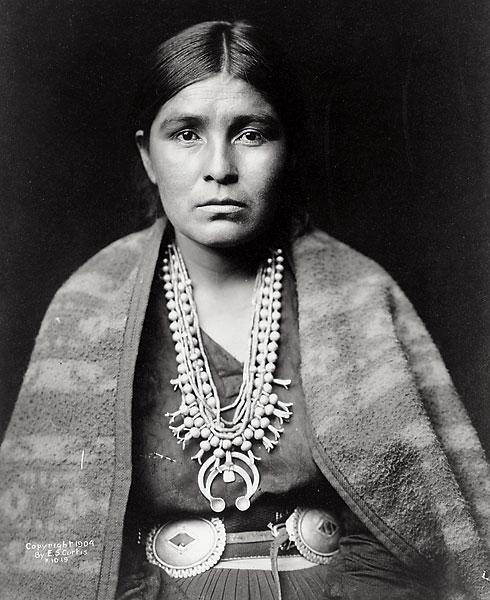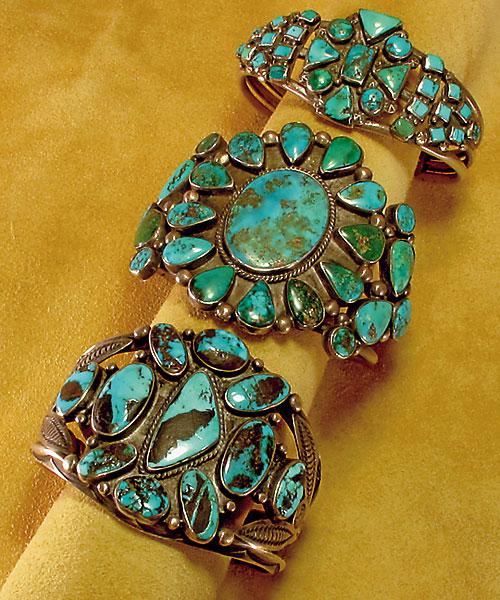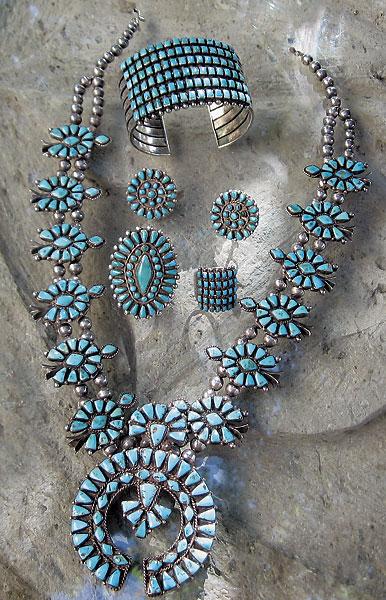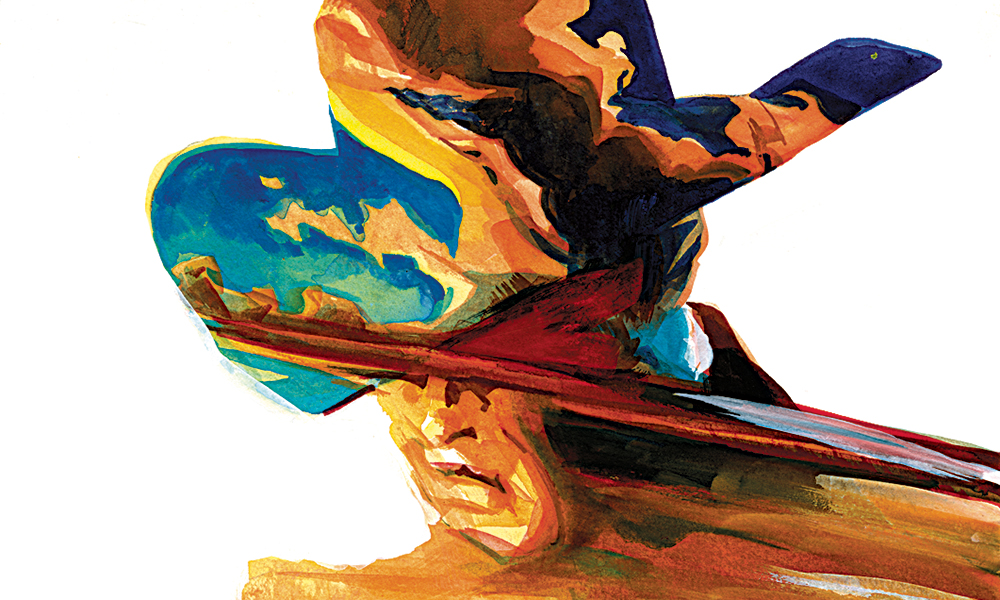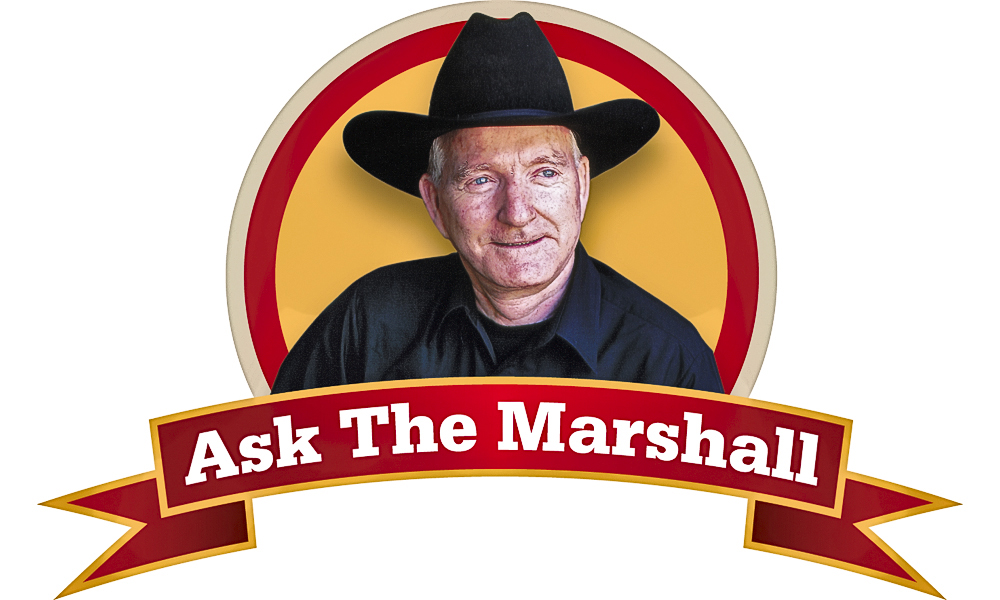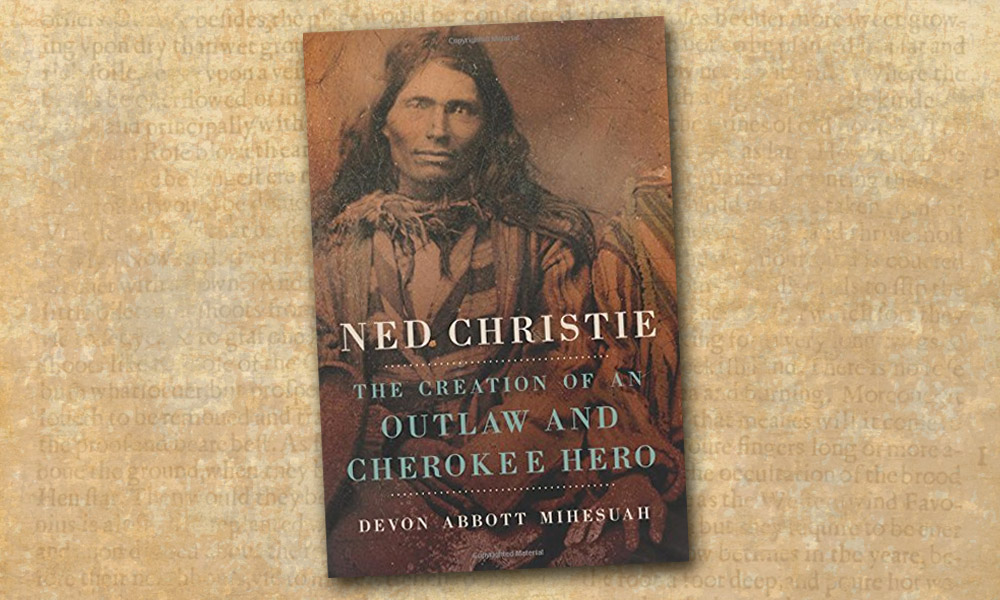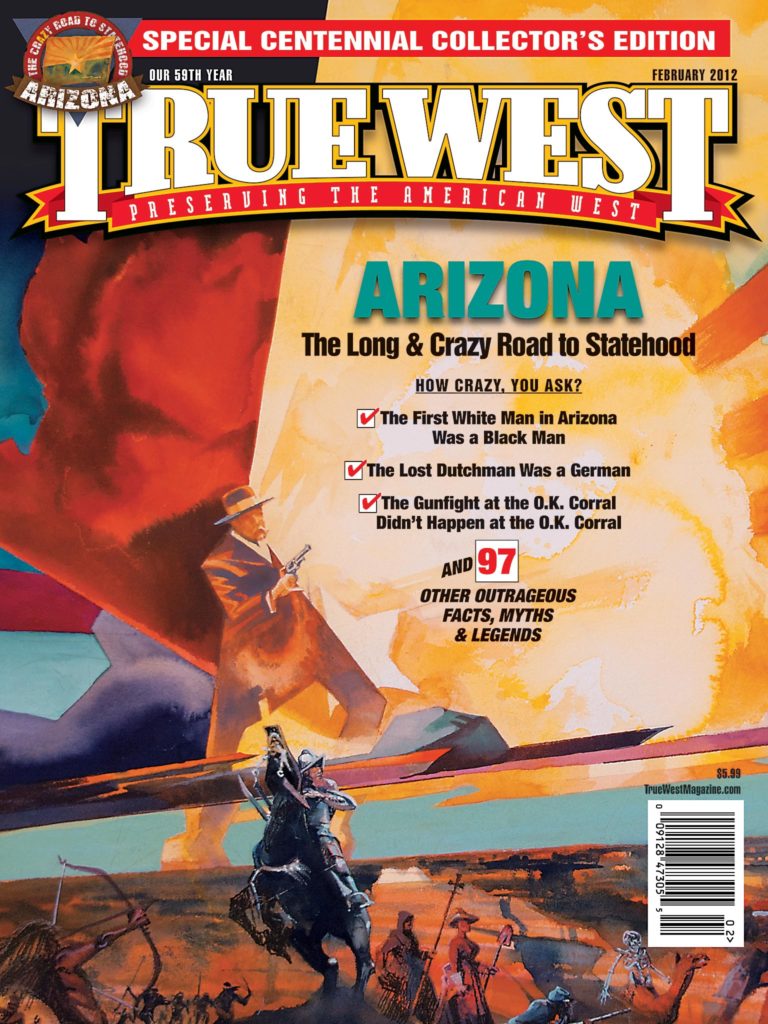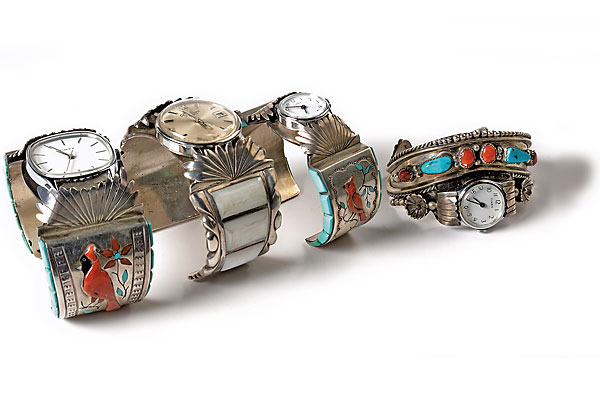 “The difference between false memories and true ones is the same as for jewels: it is always the false ones that look the most real, the most brilliant.” –Salvador Dalí
“The difference between false memories and true ones is the same as for jewels: it is always the false ones that look the most real, the most brilliant.” –Salvador Dalí
How can buyers of American Indian jewelry be sure of the authenticity and quality of the piece they are purchasing?
Buyers should first “go to the right places” to buy jewelry, such as museums and well-established retailers who know the product, says Charles Myers, who owns Native American Tribal Arts in Phoenix, Arizona. He has been buying and selling Indian jewelry since the early 1970s. “The jewelry made with nickel silver is what you’ll often find at stands along the road, at flea markets and other less reputable places,” Myers warns.
Silver trader Glenn Leighton at Notah Dineh Trading Co., Cortez, Colorado, concurs. “Buy the best quality that you can afford, and buy it from somebody who has some history,” Leighton says.
Part of the charm of owning Indian silver is being able to brag about who made a particular piece and where the turquoise came from. “There are some characteristics associated with the various mines,” Leighton says. “But you never really know for sure, unless you are dealing with the person who mined it or who knows who mined it.”
Check out our tips in the slide show to help you figure out if the jewelry you’re interested in buying is fake or real.
Find Your Dealer
The Indian Arts and Crafts Association, formed in 1974 and based in Albuquerque, New Mexico, can guide you to member artists, dealers and collectors who sell authentic American Indian jewelry.
505-265-9149 • IACA.com
Photo Gallery
Handcrafted pieces feature stones that are well-cut, uniform in size and secure in their settings; stamped designs should be clear and even. If the stamped design shows on the inside of the jewelry, it is probably mechanically stamped, not handmade.
Don’t forget, you have an ally in reputable auction houses that authenticate the jewelry before they put it on the block. For instance, Cowan’s Auctions hosts an American Indian Art sale every year. Shown above are men’s watches that sold at the September 2008 sale, for $180.
Authentic artists will specify their tribal affiliation, and some even provide their clan relationships. The Thunder and Wolf Hopi overlay buckle shown at left sells for $350 at Garland’s Indian Jewelry in Sedona, Arizona. It is made by Merle Namoki, who lives in the Second Mesa village of Shungopavi. Since he is a member of the Sun’s Forehead clan, he marks his pieces with the Sun’s Forehead hallmark over the “Sterling,” as seen on the back of the buckle in the bottom right corner.
– True West Archives –
Under U.S. law, any silver jewelry that weighs more than two grams must be marked Sterling. Indians traditionally stamp their pieces with “Sterling.” On small items, like rings, the artisan may use the shorter “SS” or “.925” stamp. You probably won’t find a stamp on authentic older pieces, like the pawn pre-1940s cuffs sold by Charles Myers (above), but modern silversmiths will mark their pieces.
Whether the turquoise is sky blue or gray-green, you’ll want to see a uniform color. Fake turquoise, injected with dye, gives off a chalky stone. This authentic Squash Blossom necklace set was given to Linda Berry, of Scottsdale, Arizona, by her aunt Lillian Omann.
–Linda Berry Set photo By Kim Phan –


